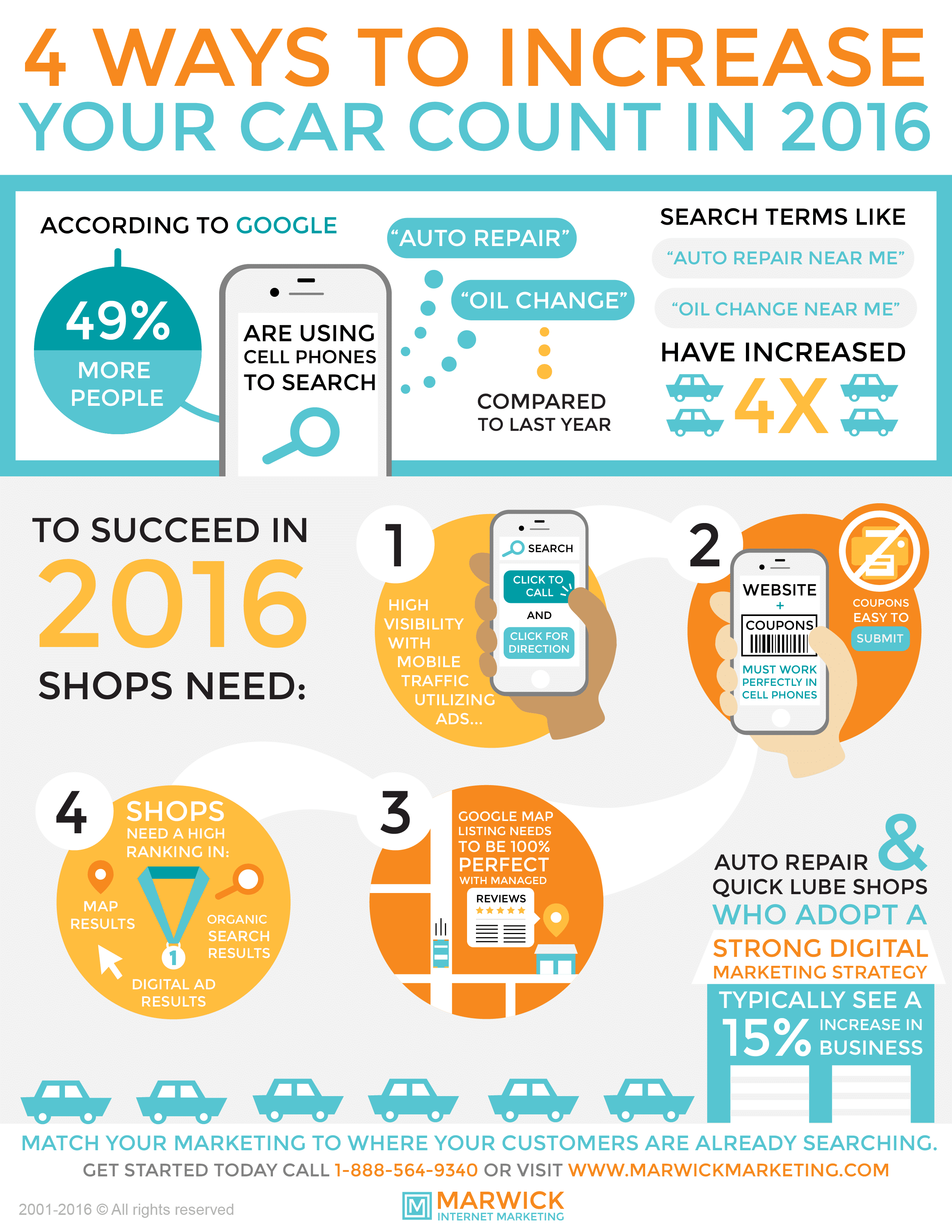Assessing Your Cars And Truck'S Caution Indicators: What They Actually Communicate
Assessing Your Cars And Truck'S Caution Indicators: What They Actually Communicate
Blog Article
Article Developed By-Vinson Dalgaard
When you're behind the wheel, those beautiful caution lights on your dashboard can be a little bit perplexing. Do you recognize what they're attempting to tell you concerning your car's health and wellness? Understanding the value of these lights is crucial for your safety and security and the longevity of your vehicle. So, the following time one of those lights appears, would not you intend to understand its message properly and take the essential actions to address it?
Common Caution Lights and Interpretations
Determine common caution lights in your auto and recognize their meanings to guarantee risk-free driving.
One of the most common warning lights include the check engine light, which indicates issues with the engine or exhausts system. If this light comes on, it's vital to have your car inspected quickly.
The oil pressure advising light indicates low oil pressure, calling for instant attention to stop engine damages.
A flashing battery light might recommend a damaged charging system, potentially leaving you stranded if not dealt with.
The tire pressure surveillance system (TPMS) light informs you to reduced tire pressure, influencing car security and fuel efficiency. Disregarding this might lead to harmful driving conditions.
The abdominal muscle light shows a trouble with the anti-lock braking system, jeopardizing your capacity to stop swiftly in emergencies.
Lastly, the coolant temperature level advising light warns of engine getting too hot, which can result in extreme damage if not solved quickly.
Understanding these usual warning lights will certainly assist you deal with problems promptly and maintain secure driving conditions.
Value of Prompt Attention
Understanding the common warning lights in your car is only the very first step; the significance of promptly resolving these cautions can't be highlighted enough to ensure your safety when traveling.
When a warning light brightens on your dashboard, it's your cars and truck's way of communicating a possible problem that requires attention. Ignoring these warnings can result in more serious issues in the future, endangering your safety and potentially costing you extra in repairs.
Motivate interest to warning lights can avoid break downs and mishaps. For example, a blinking check engine light might suggest a misfire that, if left unattended, could trigger damage to the catalytic converter. Resolving this quickly can conserve you from a costly repair work.
Similarly, a brake system advising light could signify low brake liquid or worn brake pads, vital parts for your safety when driving.
DIY Troubleshooting Tips
If you discover a caution light on your control panel, there are a couple of DIY troubleshooting pointers you can attempt before seeking specialist aid.
detailing car interior is to consult your auto's handbook to comprehend what the specific warning light suggests. Occasionally the concern can be as simple as a loosened gas cap triggering the check engine light. Tightening the gas cap may fix the issue.
Another common problem is a reduced battery, which can cause numerous cautioning lights. Examining the battery connections for rust and ensuring they're safe and secure might take care of the issue.
If a caution light persists, you can attempt resetting it by separating the vehicle's battery for a few minutes and then reconnecting it. Furthermore, examining carinteriorcleaningauckland , such as oil, coolant, and brake fluid, can help troubleshoot advising lights related to these systems.
Conclusion
In conclusion, recognizing your vehicle's warning lights is important for maintaining your car running smoothly and securely. By quickly resolving these signals and knowing what they imply, you can stay clear of pricey repair work and prospective breakdowns.
Keep in mind to consult your car's guidebook for specific details on each cautioning light and act as necessary to ensure a trouble-free driving experience.
Remain educated, remain safe when traveling!
